 (Re)Defining the Core from David Lemke
(Re)Defining the Core from David Lemke

More information about Medical:
Medicine is the science and practice of establishing the diagnosis, prognosis, treatment, and prevention of disease.
Medicine encompasses a variety of health care practices evolved to maintain and restore health by the prevention and treatment of illness.
Contemporary medicine applies biomedical sciences, biomedical research, genetics, and medical technology to diagnose, treat, and prevent injury and disease,
typically through pharmaceuticals or surgery, but also through therapies as diverse as psychotherapy, external splints and traction, medical devices, biologics, and ionizing radiation, amongst others.
Medicine has been around for thousands of years, during most of which it was an art (an area of skill and knowledge) frequently having connections to the religious and
philosophical beliefs of local culture. For example, a medicine man would apply herbs and say prayers for healing, or an ancient philosopher and physician would apply bloodletting according to the theories of humorism.
In recent centuries, since the advent of modern science, most medicine has become a combination of art and science (both basic and applied, under the umbrella of medical science).
While stitching technique for sutures is an art learned through practice, the knowledge of what happens at the cellular and molecular level in the tissues being stitched arises through science.
Outline:
VITAL DEFINITIONS: ESSENTIAL ELEMENTS OF CORE COMMUNICATION
- Correctly defining the CORE is key to functional training
- Rules of communication
- How the technology explosion in healthcare impairs genuine communication
- Why outcomes have not improved in an age of research data availability
- The Definition Game: 10 ill-defined words we all rely on every day
LAB: KINESIOLOGICAL SURFACE EMG TESTING
- Volunteers selected, skin preparation, system test
- Single arm raise task in standing
- Video and sEMG recording of test activity
- We take requests: “Any movement you’re curious about? Let’s test it!”
MUSCLES 101
- Learning how the CNS sees muscles
- Reviewing sEMG data to observe “chains” vs. groups
- Muscles, mood, and movement (Cuddy, et. al. i.e. current research review)
- CNS perspective: Opposing chains with broken links
- Implications of CNS as CORE: Motor learning in an always on, 24/7, learning, adapting system
WHAT IS THE CORE TWIST: HOW THE HUMAN MOTOR SYSTEM TRAINS ITSELF
- Lower quarter symptoms – most common underlying pathologies – the Core pattern as driver
- Upper quarter symptoms – most common pathologies – the Core pattern as driver
- Review of definitions from the Definition Game
- How far off were we?
- Recognizing the simple elegance of functional chains
TRAINING FUNCTIONAL CHAINS: EXERCISING OUT OF THE TWIST
- Training vs. exercise: Targeting the CNS with structured, resisted movement
- Opposing teams or an orchestra at work?
- Crosstraining out of the Twist
- Any exercise NOT countering the Twist is NOT Functional
LAB: THE FUNCTIONAL CHAIN GAME
- Workshop it !
- Demo and practice: XC Skiing, backwards resisted walking, etc.
- Best of the group brainstorming: FCT demo and SkiX activity
- Signs of success: Posture, balance, and youthful boldness
Description:
Clinicians understand that lasting pain relief and truly improved fitness depend on core stability and peripheral mobility. But long-term results are elusive! It is generally agreed that to have peripheral mobility, you must have core stability. Functional exercise is any exercise which acknowledges this and engages the body for this express purpose.
Observe how EMG explores the primary defensive bias governing the Central Nervous System, the body’s true Core. Once we have observed this bias, which we’ll call the “Twist,” we discuss how it leads to the most common functional problems. Rather than focusing on targeting areas for strength or stability, participants learn to correct movement dysfunction by directing appropriate exercise toward the CNS. These methods can be easily learned and applied by athletic trainers and related health and fitness professionals, massage therapists, physical and occupational therapists – anyone who uses exercise as part or all of their program. You will complete this recording equipped with new knowledge and strategies to help move clients and patients through the vital steps toward lasting function: improved balance, coordination, and effortless posture.
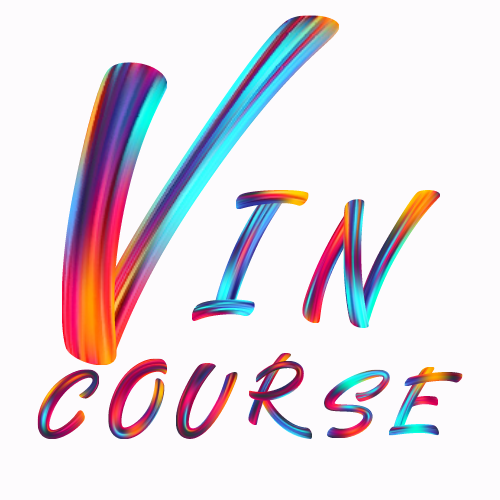
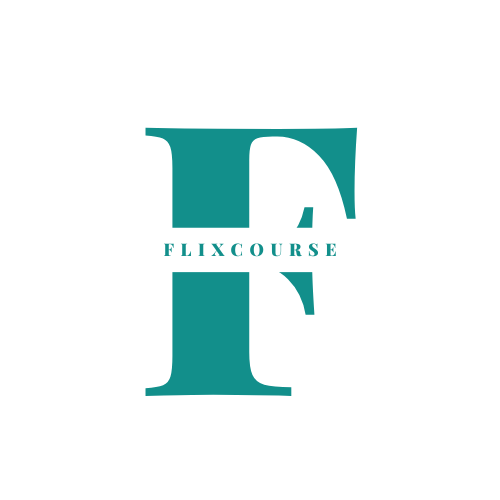
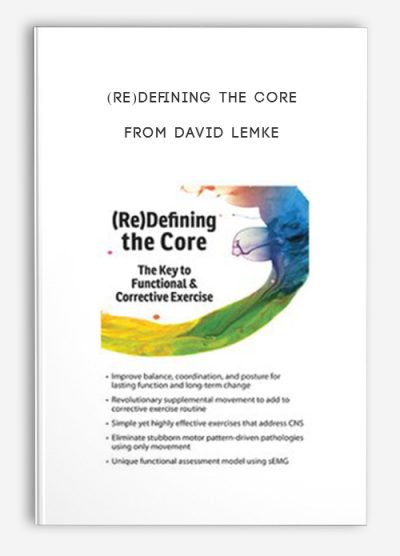
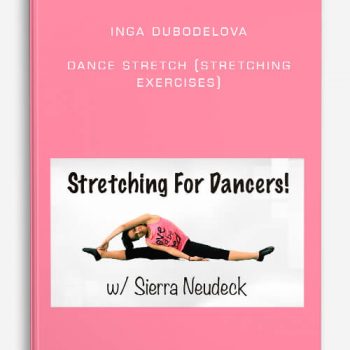
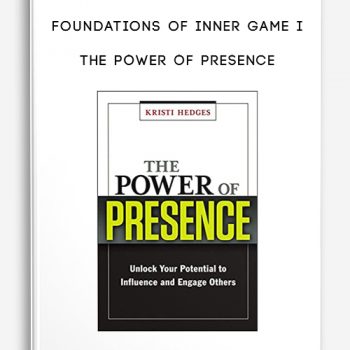


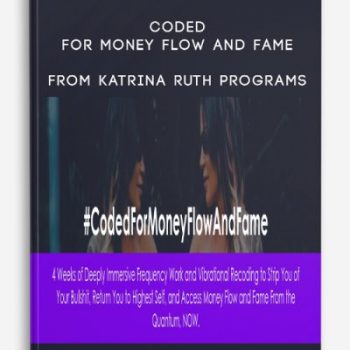
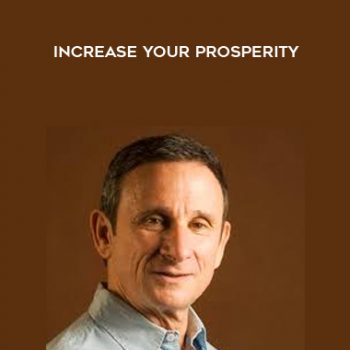
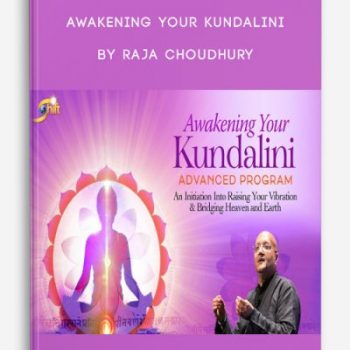
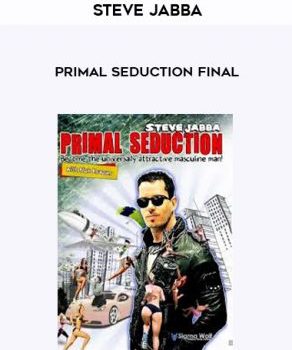
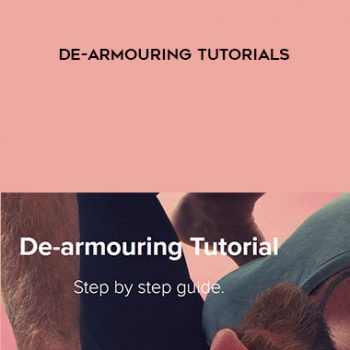
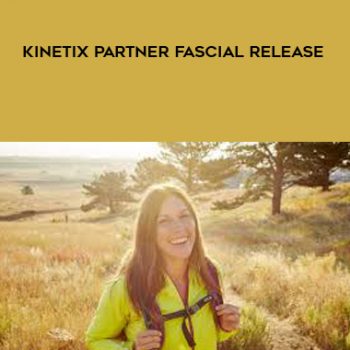
tristian –
This is Digital Download service, the course is available at Coursecui.com and Email download delivery.